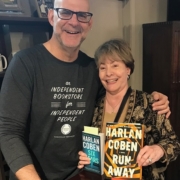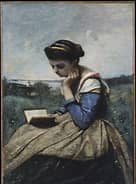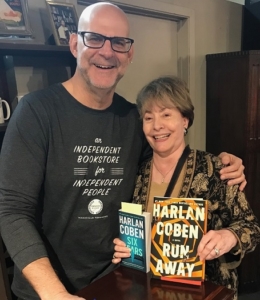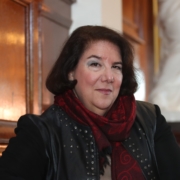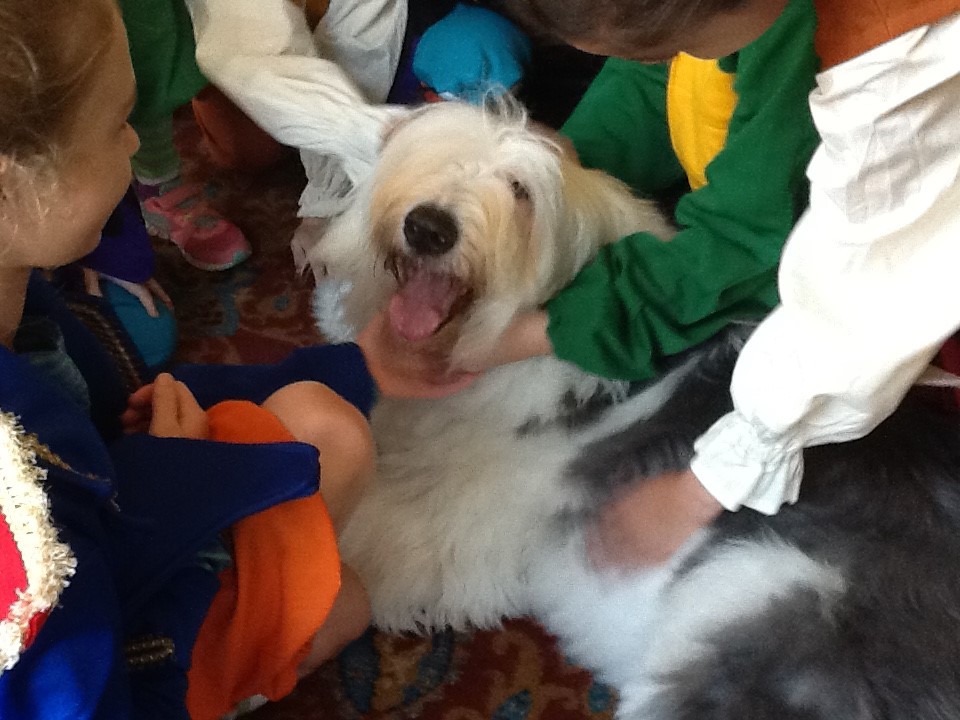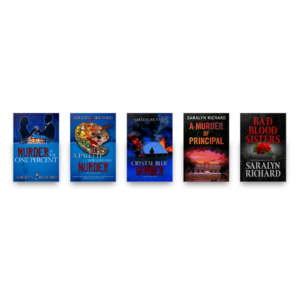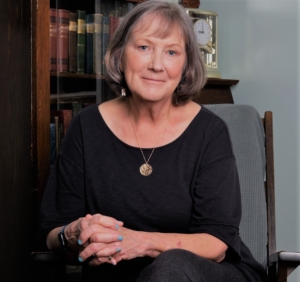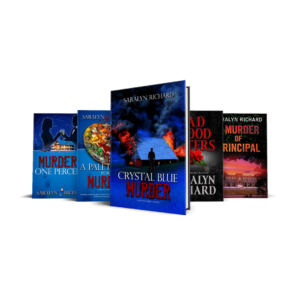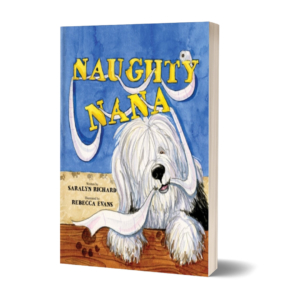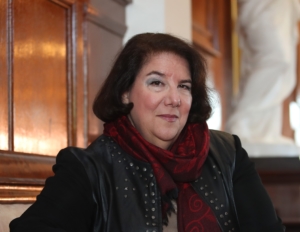BOOK COVERS-Eeeek
BOOK COVERS–WHAT A NIGHTMARE!
When I first started out, back in the dark ages (1980s) before the Internet—heck—before home computers, I was as naïve as a newborn baby. I joined Mystery Writers of America, the chapter that met in Houston, and met some lovely, well-published authors.
I didn’t know squat (except what I’d read in magazines and books I’d purchased). I needed all the encouragement I could get, and I did get it. After a while, I was writing and submitting and, of course, receiving rejections, learning craft (we’re always learning craft, right?) and discovering what’s-what in the traditional book publishing business. There was no real self-publishing then (though there were, as now, vanity publishers), or as we call it now, Independent Publishing.
One of the things I found out from some of these published authors was that the author had no say so over her cover no matter how many books she’d written and published. You took what you got. Oh, the stories I heard. One particularly lovely author of over 140 books, Joan Lowery Nixon (1927-2003), https://en.wikipedia.org/wiki/Joan_Lowery_Nixon, who became a pretty good friend, regaled me with stories of her experiences regarding the covers of her books. The story I remember most is when she set a book in pancake-flat Houston, but the cover had mountains in the background. She said she’d had many “discussions” with the publisher before the book came out, to no avail.
My first published book, My First Murder, which St. Martin’s Press, Inc. published, had a colorful cover, which other than there being what one could assume was a dead woman on the cover, had no relation to the story. By that I mean the cover was in the style of Mexican art. (I like Mexican art, don’t get me wrong.) The book was set in Houston and Ft. Worth.
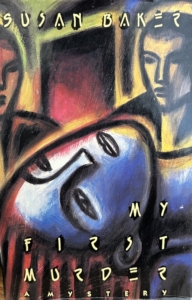
My First Murder, St. Martin’s Press, Inc.
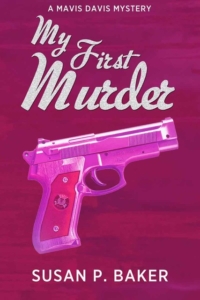
The third cover of My First Murder. I didn’t keep copies of the second.
Some years later, my small press publisher contacted me one day and asked me what I wanted on the cover of the book they were putting out. You know, I had never given it any thought, my experience having been that I had no choice. One of my friends said if I was going to come up with a design for a cover, I should be paid. What did I know? I gave the publisher ideas, but by the time I sent in photographs and more information about what I thought, they had taken my original idea and run with it. The cover wasn’t that good. Years later, I’ve been re-publishing some books myself (of course I have my rights back) and am on my fourth cover for my first one.
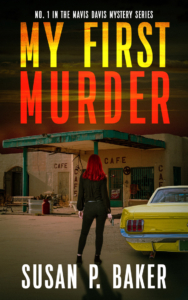
The fourth cover of My First Murder and I hope the final.
Anyway, now, years and a number of covers later, as an “Independent” author I have sole control. There are days I wish someone else had the responsibility, so I’d be off the hook. It’s not easy coming up with ideas. I’m a writer, not an artist. I’m about to put out the 6th in my Mavis Davis series and have been racking my brain. The title is The Underground Murders. If any of you have an idea for a cover, without knowing the plot, PLEASE contact me asap.
You may contact the author at Susan@susanpbaker.com.
Susan is the author of fourteen (14) books, mostly mystery/suspense, but not all.

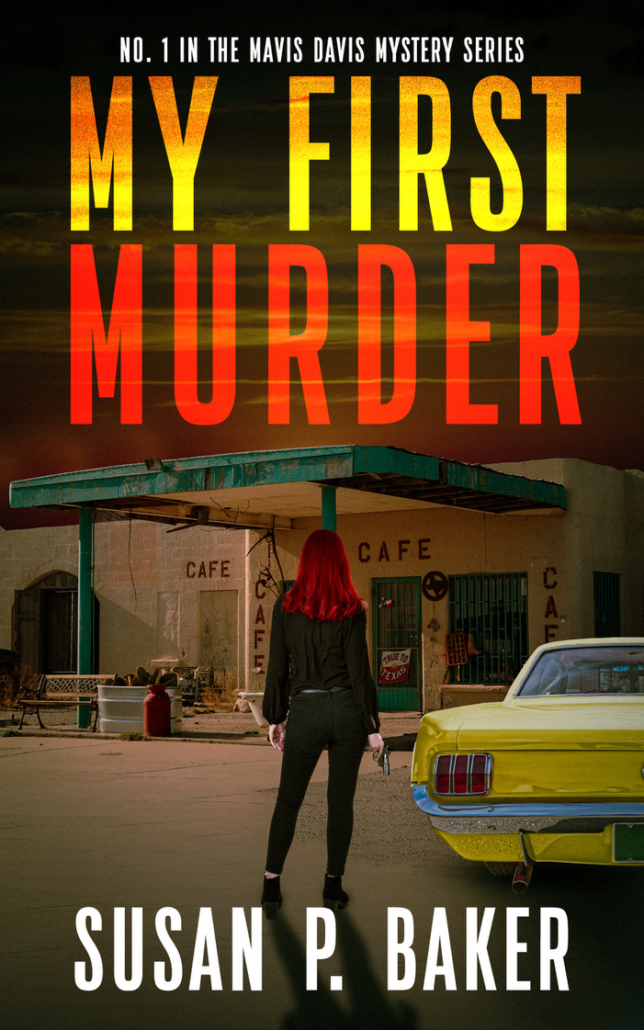
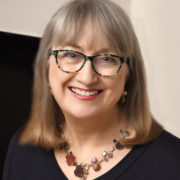
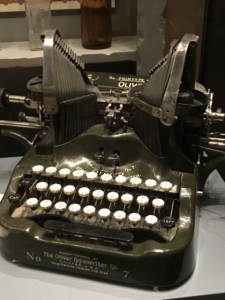 In 1962, my mother registered me for a writing class that was offered in summer school after the eighth grade. Only one other girl signed up, so the class was cancelled.
In 1962, my mother registered me for a writing class that was offered in summer school after the eighth grade. Only one other girl signed up, so the class was cancelled.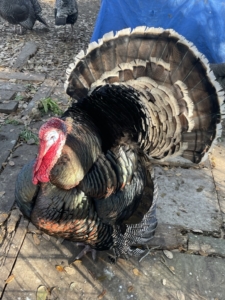
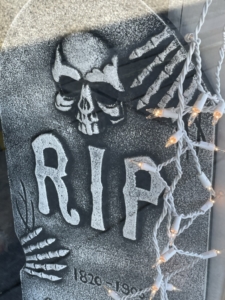 I began writing suspense/mysteries in the 80s. My father was a criminal defense lawyer, (and later a judge), so I’d been around the law since I was little. I had been a probation officer and was at that time a criminal and family lawyer. Crime, I knew about. By the way, I heard that not long after the aforementioned editor rejected my novel, she died. Just so you know, I didn’t kill her.
I began writing suspense/mysteries in the 80s. My father was a criminal defense lawyer, (and later a judge), so I’d been around the law since I was little. I had been a probation officer and was at that time a criminal and family lawyer. Crime, I knew about. By the way, I heard that not long after the aforementioned editor rejected my novel, she died. Just so you know, I didn’t kill her.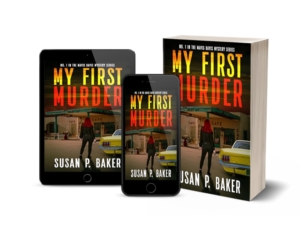


 Halloween, All Saints Day, Thanksgiving, Hanukkah, Christmas, Kwanzaa, and more. From now until the end of the year there are celebrations galore. Families and friends getting together for various festivities. Or not.
Halloween, All Saints Day, Thanksgiving, Hanukkah, Christmas, Kwanzaa, and more. From now until the end of the year there are celebrations galore. Families and friends getting together for various festivities. Or not.
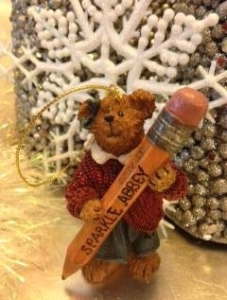 Sparkle Abbey
Sparkle Abbey




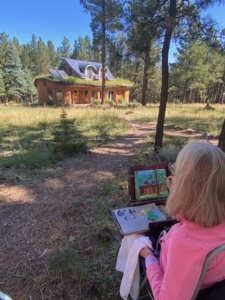 Their daughter, an architect, prepared the blueprints. She assisted in tree cutting, testing the clay content in the soil, and manufacturing the adobe bricks and puddled adobe used in the construction. As you can see from the exterior and interior photos, they constructed a wonderful home. Imagine building your own and creating such a beauty!
Their daughter, an architect, prepared the blueprints. She assisted in tree cutting, testing the clay content in the soil, and manufacturing the adobe bricks and puddled adobe used in the construction. As you can see from the exterior and interior photos, they constructed a wonderful home. Imagine building your own and creating such a beauty!